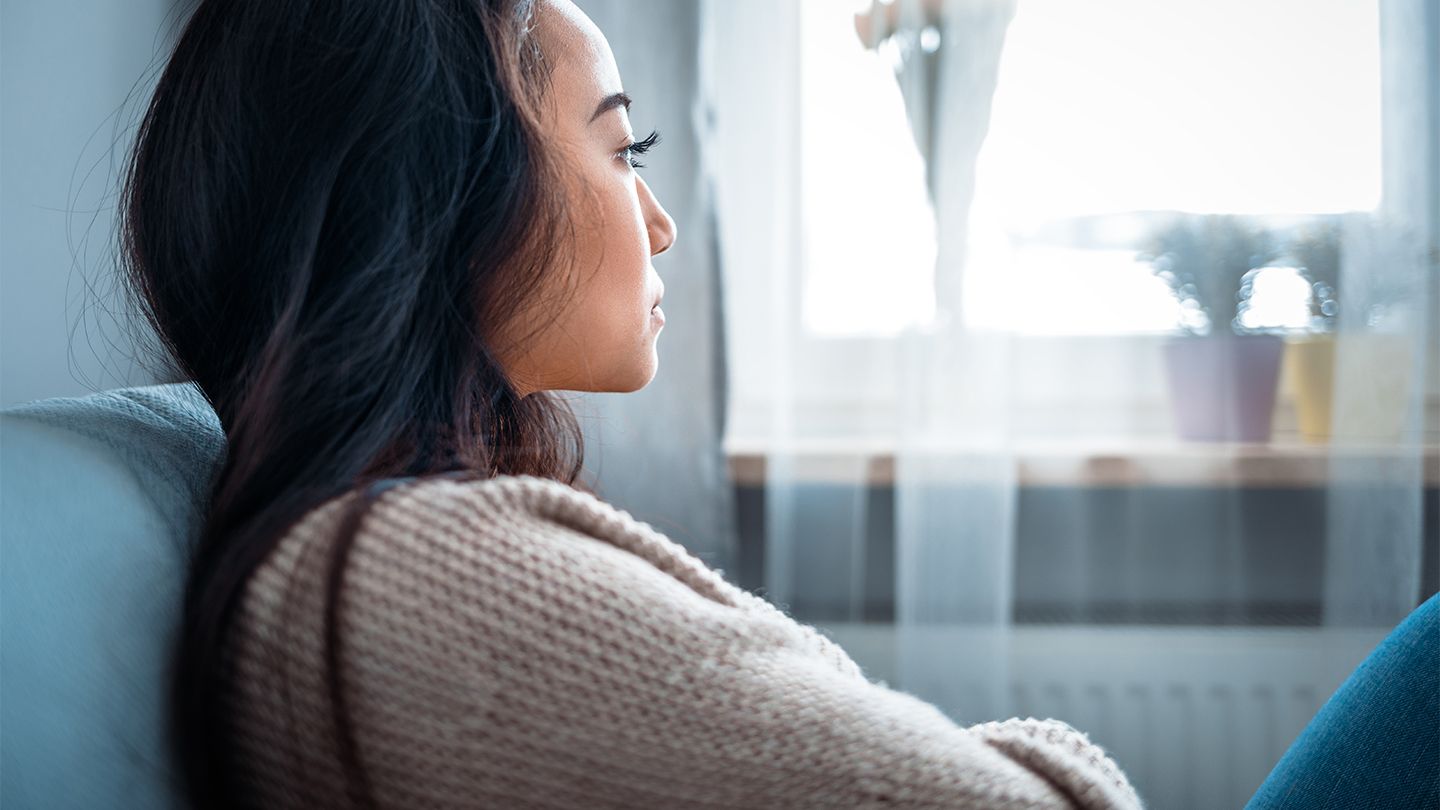Every now and then, we can feel sad, hopeless, and even uninterested in a hobby we used to enjoy. That doesn’t necessarily mean that we’re depressed, but depression is real. Clinical depression is defined as extreme and persistent feelings of sadness and hopelessness, as well as feelings of fatigue, difficulty concentrating, and changes in appetite.
Depression comes in different forms and can be caused by different things, although more often than not, it usually is caused by genetics/a family history, illness, and trauma. Here are seven different types of depression and what possibly causes them.
#1: Bipolar Disorder
Bipolar disorder is also referred to as “manic depression” and is characterized by periods of an abnormally elevated mood (mania), followed by low energy (depression). Other symptoms include:
- Anxiety
- Disorganization
- Fatigue
- Hopelessness
- Indecision
- Unexplained aches and pains
Although genetics aren’t the only factor that plays into the development of bipolar disorder, research suggests that it runs in families.
#2: Major Depressive Disorder (MDD)
Also known as clinical depression, MDD is one of the most common types of depression. Depressed feelings that come with MDD occur many days out of the week for at least two weeks. Other symptoms include:
- Changes in sleeping patterns
- Changes in weight
- Difficulty concentrating
- Fatigue
- Feelings of worthlessness and guilt
- Lost of interest in activities
- Suicidal thoughts
The exact cause of MDD isn’t known, but there are things that increase one’s risk of developing it. A family history of MDD is a big risk factor, but so is experiencing a traumatic event, such as sexual abuse. Victims of sexual abuse, whether they develop MDD or not, will benefit from contacting a therapist, healthcare professional, and even a lawyer at https://www.rosenfeldinjurylawyers.com/sexual-abuse.html.
#3: Persistent Depressive Disorder (PDD)
PPD isn’t as intense as MDD. Also known as dysthymia, PDD is characterized as depressive feelings that last for at least two years, possibly with brief periods of non-depressive feelings. A clinical diagnosis of depression can better help you differentiate between PPD and MDD. Other symptoms include:
- Anger and irritability
- Changes in appetite
- Changes in sleep
- Feelings of guilt, hopelessness, and sadness
- Loss of interest
- Low self-esteem
- Trouble concentrating
Having a close relative with a depressive disorder and/or experiencing a traumatic event can trigger PDD.
#4: Postpartum Depression
Many new mothers may feel a little sad after giving birth, and this is known as the “baby blues”. However, a more serious condition, known as postpartum depression, can also happen. The baby blues tend to last no more than two weeks, while postpartum depression lasts longer. Symptoms of postpartum depression include:
- Anxiety and panic attacks
- Changes in appetite
- Feelings of helplessness, hopelessness, and worthlessness
- Low mood and severe mood swings
- Thoughts of harm and suicide
Left untreated, postpartum depression can last up to a year. Also, women who have experienced postpartum depression with one pregnancy are at risk of experiencing it again with a later pregnancy.
#5: Premenstrual Dysphoric Disorder (PMDD)
Several women experience certain symptoms before their cycle starts, known as PMS (premenstrual syndrome). Symptoms of PMDD can look very similar to PMS symptoms, but some of the symptoms are more severe. Examples include extreme:
- Anxiety
- Cravings
- Fatigue
- Hopelessness
- Sadness
- Stress
PMDD lasts for only a few days, but antidepressant medications can help with the symptoms.
#6: Seasonal Affective Disorder (SAD)
Some people may feel depressed during certain times of the year— usually during the colder months when there’s less sunlight. This is thought to cause a disruption in the circadian rhythm of some people, resulting in depressive feelings.
#7: Situational and Atypical Depression
Situational depression refers to having a depressed mood that is directly connected to a stressful event in your life. This type of depression doesn’t last long and feelings can go back to normal once the stressful event is over.
Similar to situational depression is something called atypical depression. This is characterized by symptoms of depression that seem to disappear when something positive happens. It’s referred to as “atypical” because positive events don’t ease depressive feelings in other types of depression. However, a person with atypical depression still shows the signs and symptoms of depression when not facing a positive event.
You can check https://cfah.org/how-to-deal-
Depression of any type is a serious condition that needs medical attention, whether by a counselor or a psychotherapist. Depression can occur simultaneously with other mental health disorders, such as anxiety. Not all of the symptoms listed above may be associated with any type of depression, so talk to your doctor if you’re concerned.

